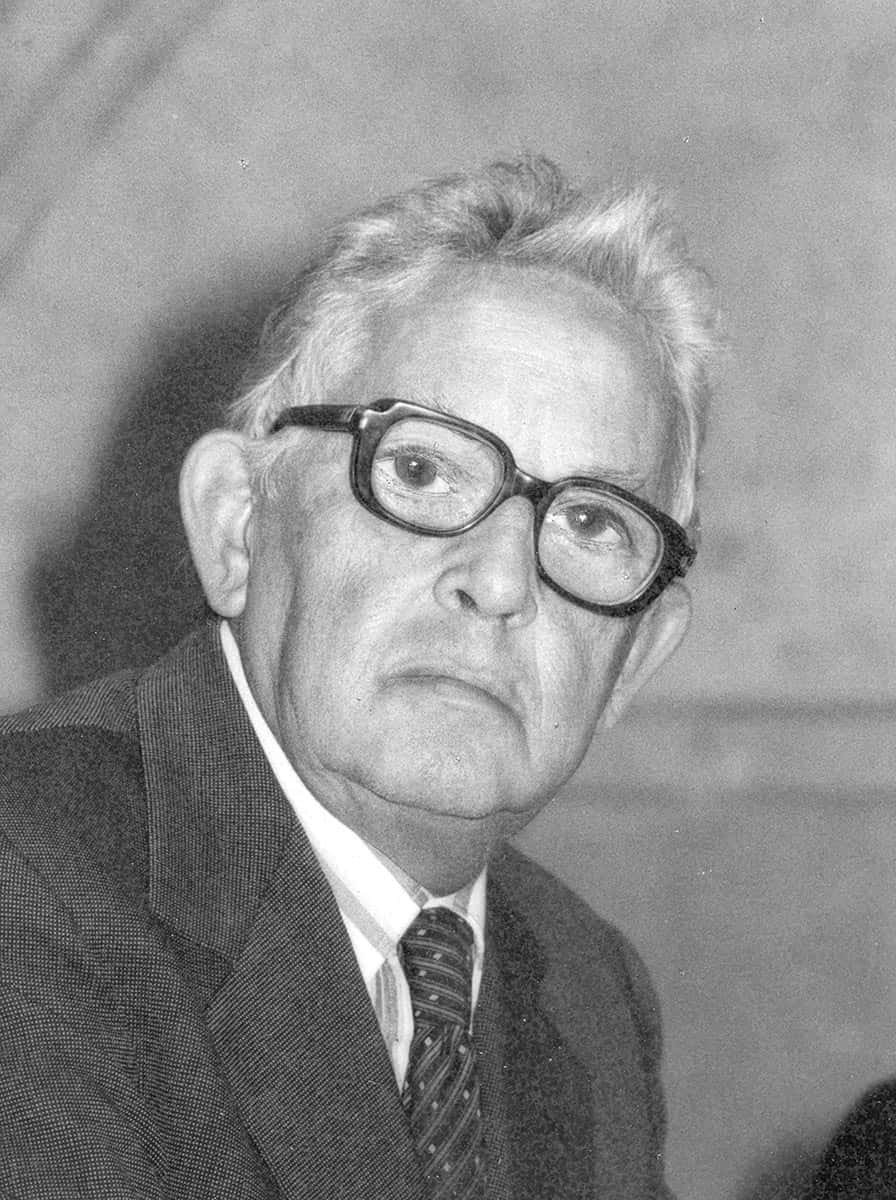Goffredo Petrassi
Petrassi was born at Zagarolo, Italy. At the age of 15 he began to work at a music shop to supply his family’s financial needs, and became fascinated by music. In 1928, he entered the Santa Cecilia Conservatory in Rome to study organ and composition. In 1934, composer Alfredo Casella conducted Petrassi’s Partita for orchestra at the ISCM festival in Amsterdam.
Later, Petrassi became musical director of the opera house La Fenice, and from 1959 taught composition at the Santa Cecilia Conservatory and at the Salzburg Mozarteum. Petrassi had many famous students, including Franco Donatoni, Aldo Clementi and Ennio Morricone. Petrassi died in Rome at the age of 98.
His Music:
Petrassi’s early work was part of an attempt by several Italian composers to create a national “Italian” revival in classical music, corresponding to the romantic work of Germans such as Richard Wagner. During this time, his work was characteristically neoclassical in style, influenced by Bartók, Hindemith and Stravinsky.
In later years, Petrassi’s open musical mind and acute personality led him to experiment with different post-Webernian influences and a wide range of poetic materials, from Latin hymns to Ariosto’s La Folia d’Orlando and Cervantes’ Ritrato di Don Chisciotte. All these influences are present in a remarkable series of eight Concerti for Orchestra which he composed between the late 1930s and the late 1970s.
Luigi Dallapiccola and Goffredo Petrassi: Musica da camera (mode 166)

